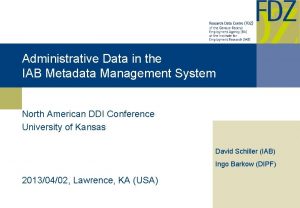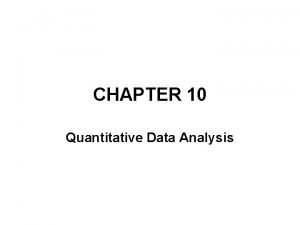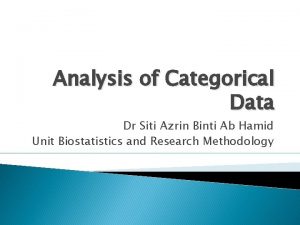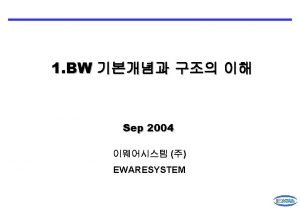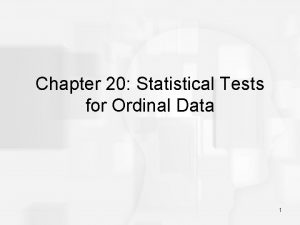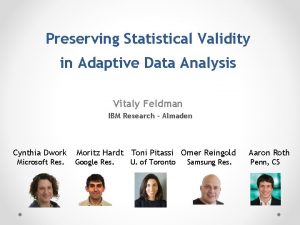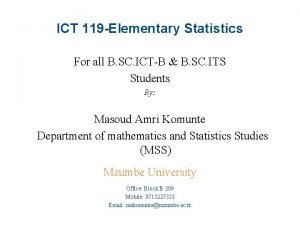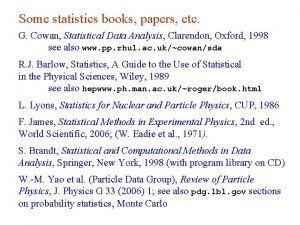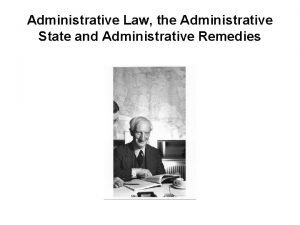Federal Guidance on Statistical Use of Administrative Data









- Slides: 9

Federal Guidance on Statistical Use of Administrative Data Shelly Wilkie Martinez, Statistical and Science Policy, OIRA U. S. Office of Management and Budget September 18, 2014 The views expressed in this presentation do not represent changes in OMB policy.

Presentation outline Part I: Why Administrative data? Part II: Background Part III: Common challenges Part IV: Addressing those challenges 2

Why administrative data? As a supplement or replacement for survey data, they have the potential to: • Reduce burden on public • Sometimes provide a more accurate estimate (e. g. , benefit amount, diagnosis) • Add detail beyond what can collect in a survey, including outcomes • Reduce some agency data collection costs 3

Major terms and definitions (1) • Administrative data: collected as normal part of administering a program – e. g. , unemployment claims • Personally Identifiable Information (PII): can be used to distinguish or trace an individual’s identity – e. g. , name, social security number • Statistical purpose: use of data to describe characteristics or outcomes of groups or subgroups – e. g. , demographic estimates or program evaluation 4

Major terms and definitions (2): providing and linking PROVIDING LINKING Program unit provides data to statistical unit. Program records are matched to other records. A S DATA 1 DATA 2 Match via common IDs DATA 3 (Overlap of 1 and 2) 5

Common challenges • Statistical agency or component access to administrative data – Legal interpretations & institutional incentives • Agency Infrastructure (both sides) – Policies, procedures, FTE, hardware • Administrative data quality/fitness for use – e. g. , timeliness, relevance, accuracy, match rates • Researcher access to data – Documentation, access modes/program 6

M-14 -06 issued to help address these challenges (1) • To facilitate data access, the guidance addresses: • Determining what access is legally permitted (in authorizing statute over dataset of interest) • What privacy requirements apply in order to do it (Privacy Act of 1974) 7

M-14 -06 issued to help address these challenges (2) • Leadership support to facilitate – Coordination, leveraging existing processes, discovery, mutual benefit • Tools to support agency infrastructure – Model agreement – Privacy Act requirements • Administrative data quality assessment and documentation tool 8

Implementing M-14 -06 • At the agencies – Role of statistical agencies, program agencies & others – Status reports to OMB • At OMB – Ongoing encouragement and technical assistance – Reviewing agency reports – Planning workshops on tools 9
 Balanced occlusion vs balanced articulation
Balanced occlusion vs balanced articulation What is direct and indirect guidance
What is direct and indirect guidance Administrative data management
Administrative data management Data collection in research example
Data collection in research example What statistical test for categorical data
What statistical test for categorical data Statistical data warehouse
Statistical data warehouse T test ordinal data
T test ordinal data Preserving statistical validity in adaptive data analysis
Preserving statistical validity in adaptive data analysis Statistical treatment
Statistical treatment Cowan statistical data analysis
Cowan statistical data analysis


